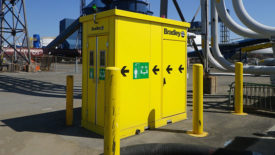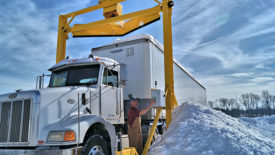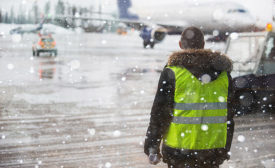Home » Keywords: » winter weather
Items Tagged with 'winter weather'
ARTICLES
Winter weather tips
Consider layers and properly insulated PPE to brave the cold
December 4, 2020
Despite icy temps, some outdoor work goes on
CPWR offers tips for surviving cold
January 7, 2014
Heavy snowfall, frigid temps cause special hazards for workers
How to stay informed, reduce risk
January 3, 2014
Never miss the latest news and trends driving the safety industry
eNewsletter | Website | eMagazine
JOIN TODAYCopyright ©2024. All Rights Reserved BNP Media.
Design, CMS, Hosting & Web Development :: ePublishing






